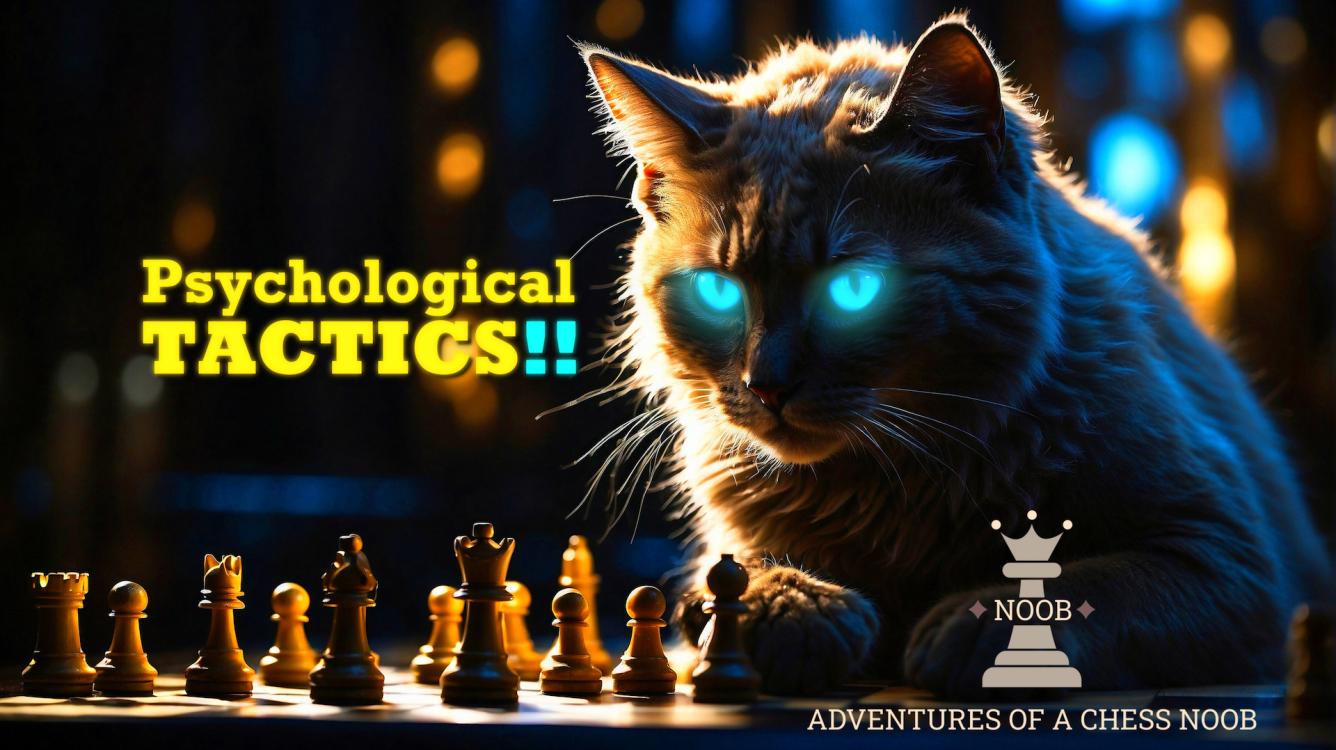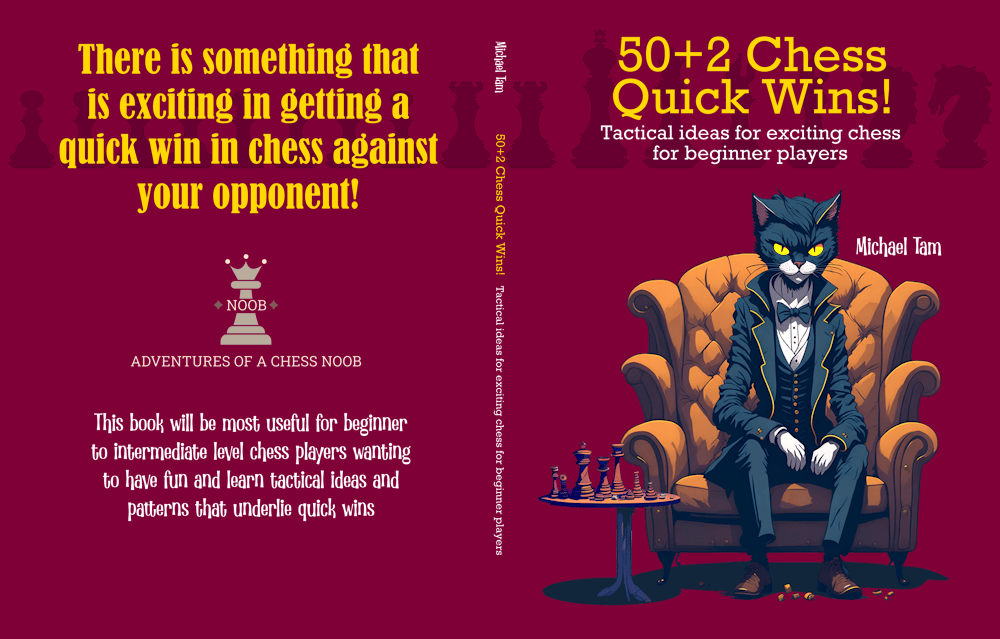
Englund Gambit | PSYCHOLOGICAL TACTICS!
#englundgambit #psychology #tactics
Why do you play chess? What is your reason and purpose for playing?
I've recently been reflecting on this question. An observation that I've made in some of the comments and feedback to my content, and some of the other chess blogs that I've read, is that some seem to hold a perspective that there is only one legitimate way to play chess. For instance, the Englund Gambit shouldn't be encouraged because it is unsound. "Hope chess" is a dismissive criticism that is levelled at these openings.
Although I agree that the Englund Gambit is probably far from optimal if your goal is to improve as a serious competitive chess player, I think that it is necessary to point out the importance of context. I play chess largely to have fun! Although I wouldn't mind getting better, my principal reason and purpose for playing is for enjoyment, and not to train to compete in serious competitions.
And so, in that spirit of whimsy, there are tactical approaches to winning apart from playing accurately. This is especially so at the beginner-intermediate level, which is the vast majority of online recreational players! This quick, unrated, and highly INACCURATE 10+0 game of rapid demonstrates an aggressive and romantic approach that can sometimes be quite effective!
I had the black pieces, and we start with the Englund Gambit (of course!) Accepted (1. d4 e5 2. dxe5). The psychological tactics start immediately! We attack quickly and relentlessly and demonstrate that we are unafraid of losing material to attack. This creates a particular psychological dynamic - the opponent feels under pressure and on the defensive for the entire match. The aggressive sacrificing of material can be disorienting for the opponent as it is seemingly a transgression of the "rules" of the game. This can result in the opponent being "captured" in our tactical lines and our initiatives.
On move 4, White gives up their pawn on e5 with the tentative (4. e3). In the Englund Gambit, if you can capture back the pawn, you should do so, and after (4... Nxe5 5. Nxe5 Qxe5) we are back to equality [0.00] with Black having gained a potential advantage in development with the queen powerfully in the centre of the board.
On move 10, White castles kingside (10. O-O) and I now launch a series of attacks which are inaccurate/mistakes/blunders, but each force White to respond accurately over and over. Firstly (10... Ng4) with an immediate mate threat. White finds the correct response. Then (11. Qh5), a mate threat again and again, White finds the correct response (12. h3) with an attack on my knight.
According to the engine, the attack has been completely refuted at this point, but Stockfish doesn't succumb to human psychology. I choose to sacrifice the knight to open the h-file, and instead, bring another piece to the attack with (12... Bd6). White captures the hanging knight (as expected) and the tactical idea now is that with the open h-file, White must critically keep the f4 square blocked as I would have a checkmate with my queen and dark square bishop having vision on h2.
By this point, White is fully "captured" with their attention only on my kingside attack and on f4. A type of "tunnel vision". Indeed, with (15... gxf4) I took a gamble that White would play (16. Nxf4) to recapture on the f4 square, rather than see their best move (Nf6+), a royal fork! And I was right! On move 17, White probably thought that they had rebuffed my attack (technically correct) and could launch a counterattack (technically correct), and so moved their knight back to the powerful d5 square (disastrous execution!). In doing so, they forgot they needed to keep f4 closed. This represented an evaluation reversal from a peak of over [+10] → [-M2]! Checkmate came on move 18, with the same attack set up on move 12. GG!
The big takeaway from this game is to not underestimate the importance of psychological tactics, especially at the beginner-intermediate level. Accuracy is of course important, but is your purpose for playing simply to play accurately, or to have fun?



